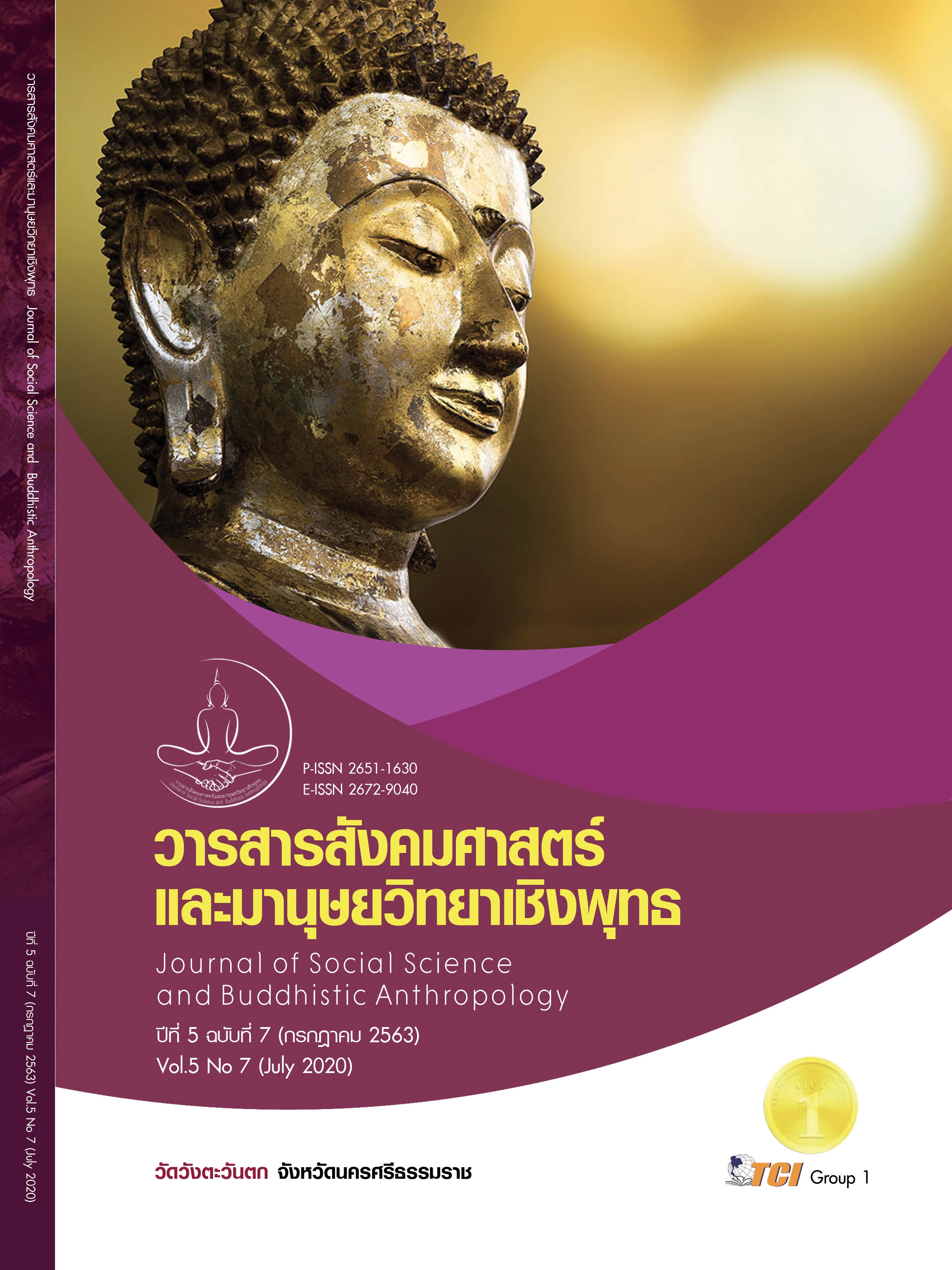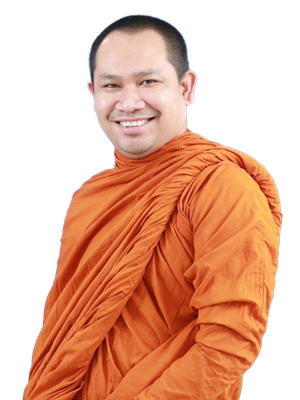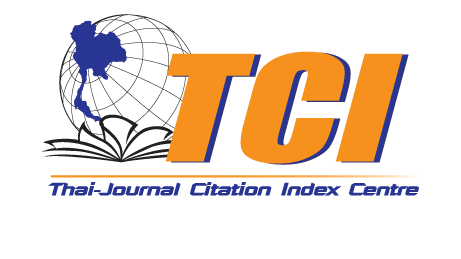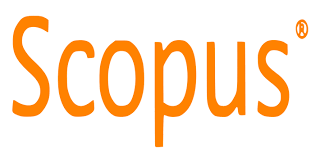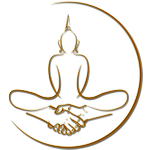ระยะเวลาการใช้แสงสีฟ้าที่เหมาะสำหรับการกระตุ้นการตื่นตัว ของผู้มีอาการง่วงนอน
คำสำคัญ:
ระยะเวลา, แสงสีฟ้า, ความตื่นตัวบทคัดย่อ
บทความวิจัยนี้มีวัตถุประสงค์เพื่อเปรียบเทียบผลการตื่นตัวภายในกลุ่มที่ได้รับแสงสีฟ้า 0 นาที 10 นาที 20 นาที และ 30 นาที และเปรียบเทียบผลการตื่นตัวระหว่างกลุ่มที่ได้รับแสงสีฟ้า 0 นาที 10 นาที 20 นาที และ 30 นาที กลุ่มตัวอย่างในการวิจัยครั้งนี้คือ นิสิตที่กำลังเรียนอยู่ในมหาวิทยาลัยบูรพาปีการศึกษา 2562 จำนวน 80 คน การวิจัยนี้เป็นการวิจัยเชิงทดลอง โดยใช้รูปแบบแผนการทดลอง 4 Factor Posttest Design เครื่องมือที่ใช้ในการวิจัย ประกอบด้วย แบบสอบถาม และมาตรวัดระดับความง่วง Karolinska Sleepiness Scale. (KSS) สถิติที่ใช้ในการวิเคราะห์ ได้แก่ ค่าเฉลี่ยและส่วนเบี่ยงเบนมาตรฐาน วิเคราะห์ความแปรปรวน Two-way ANOVA ผลการวิจัย พบว่า กลุ่มตัวอย่างที่รับแสงสีฟ้า 10 นาที มีค่าเฉลี่ยสูงสุดช่วงเวลาที่ 40 นาที เท่ากับ 5.70 ส่วนเบี่ยงเบนมาตรฐาน เท่ากับ 1.75 กลุ่มตัวอย่างที่รับแสงสีฟ้า 20 นาที มีค่าเฉลี่ยสูงสุดช่วงเวลา 30 นาที และ 40 นาที เท่ากับ 5.80 ส่วนเบี่ยงเบนมาตรฐาน เท่ากับ 2.21 และ 1.85 ตามลำดับ และกลุ่มตัวอย่างที่รับแสงสีฟ้า 30 นาที มีค่าเฉลี่ยสูงสุดช่วงเวลาที่ 50 นาที เท่ากับ 6.35 ส่วนเบี่ยงเบนมาตรฐาน เท่ากับ 1.89 และการเปรียบเทียบการตื่นตัวภายในกลุ่มที่ได้รับแสงสีฟ้า 0, 10, 20 และ 30 นาที พบว่าการตื่นตัวจากการวัดที่เวลา 10, 20, 30, 40, 50, และ 60 นาที ไม่แตกต่างกัน และการเปรียบเทียบการตื่นตัวระหว่างกลุ่ม พบว่า การได้รับแสงสีฟ้าในเวลาที่แตกต่างกัน (0 นาที, 10 นาที, 20 นาที, 30 นาที) มีผลต่อการตื่นตัวอย่างมีนัยสำคัญทางสถิติที่ระดับ .05 ส่วนเวลาที่วัดไม่มีผลต่อการตื่นตัว และไม่มีปฏิสัมพันธ์ระหว่างการได้รับแสงสีฟ้า และเวลาที่วัด
เอกสารอ้างอิง
Akerstedt, T. & Gillberg, M. (1990). Subjective and objective sleepiness in the active individual. Int J Neurosci, 52(1-2), 29-37.
Alkozei et al. (2016). Exposure to Blue Light Increases Subsequent Functional Activation of the Prefrontal Cortex During Performance of a Working Memory Task. Sleep, 39(9), 1671-1680.
Baulk et al. (2001). Driver Sleepiness-Evaluation of Reaction Time Measurement as a Secondary Task. Sleep Biol Rhythms, 24(6), 695-698.
Figueiro, M. G. & Rea, M. S. (2010). The Effects of Red and Blue Lights on Circadian Variations in Cortisol, Alpha Amylase, and Melatonin. Retrieved December 20, 2019, from http://downloads.hindawi.com/journals/ije/2010/829351.pdf
Hennecke et al. (2016). Are you vulnerable to sleep loss? Association between a priori self-assessed sensitivity to sleep deprivation and waking EEG dynamics. Retrieved January 5, 2020, from https://elib.dlr.de/107141/1/2016HenneckeESRS.pdf
Jeffrey et al. (2017). The Nobel Assembly at Karolinska Institutet. Retrieved January 10, 2020, from https://www.nobelprize.org/uploads/2018/06/ press-39.pdf
Matos et al. (2019). Sleep and sex Sleep in adolescence: sex matters. Sleep Sci, 12(3), 138-146.
Motamedzadeh et al. (2017). The effect of blue-enriched white light on cognitive performances and sleepiness of night-shift workers. A field study. Physiol Behav, 177(1), 208-214.
Riechert, H. (2015). Lighting the 21st century. physica status solidi, 212(5), 893-896.
Smick, K. & Villette, T. (2013). LUE LIGHT HAZARD: New Knowledge, New Approaches to Maintaining Ocular Health. New York : Essilor of America.
Zakariassen et al. (2019). Causes and Management of Sleepiness Among Pilots in a Norwegian and an Austrian Air Ambulance Service - A Comparative Study. Air medical journal, 38(1), 25-29.

